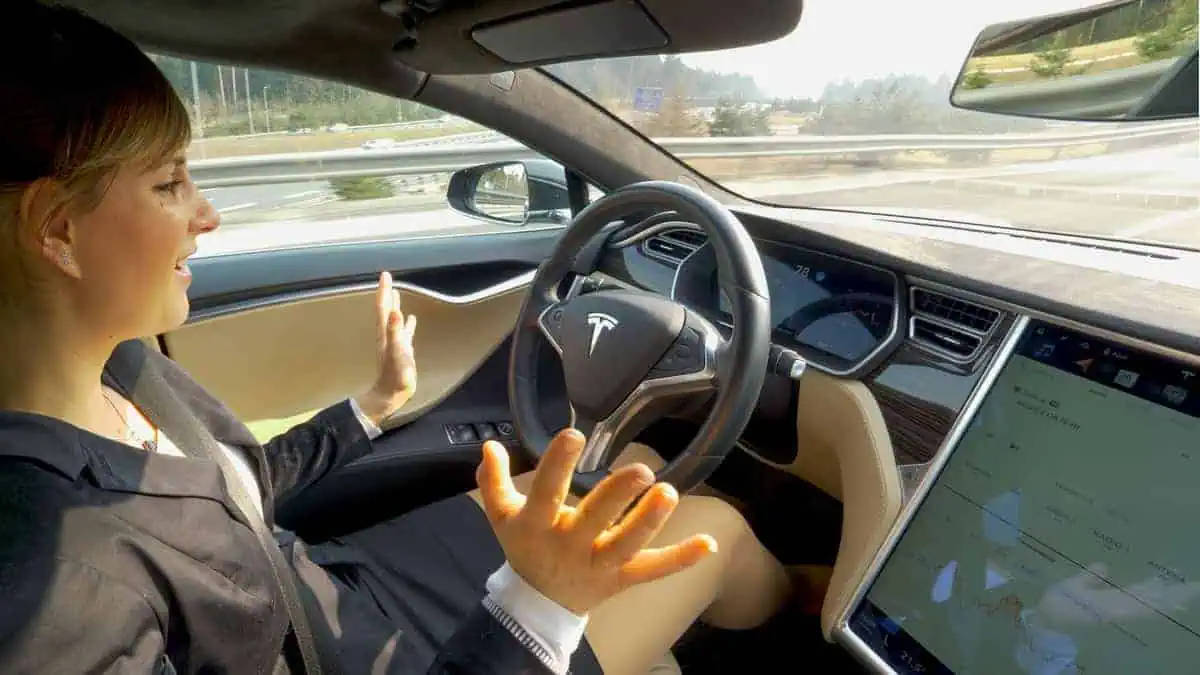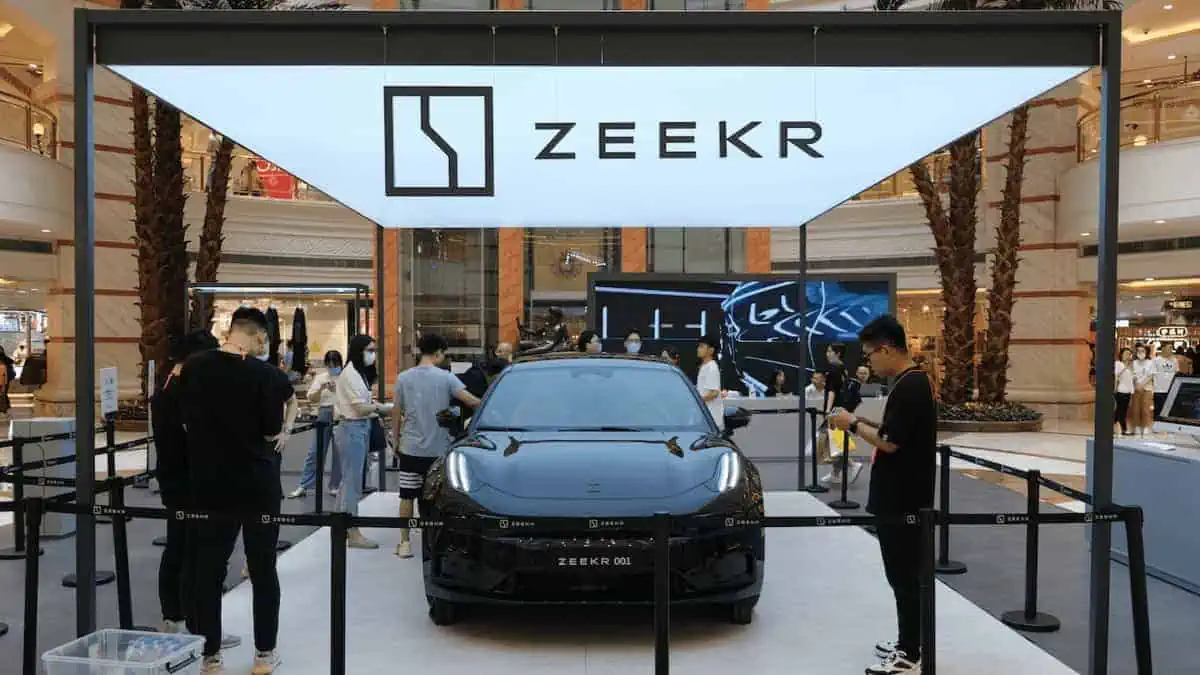Electric vehicle giant Tesla has once again generated some buzz with its Chief Executive’s recent update on “unsupervised” self-driving technology rollout.
Musk revives promise of Tesla “unsupervised” self-driving
Tesla CEO Elon Musk announced during the Q2 2024 Earnings Call on Tuesday that the highly awaited unsupervised full self-driving technology will “possibly” arrive by the end of the year – like he said in 2016.
“Based on the current trend, it seems as though we should get the miles between interventions to be high enough that it should be far in excess of humans that you could do unsupervised possibly by the end of the year.”
Tesla CEO Elon Musk
However, it must be noted that this recent announcement is not the first time that CEO Musk has claimed that Tesla would achieve true autonomous driving. In fact, such assertions occurred almost every year since 2016 and beyond.
What’s different today is CEO Musk’s remark that he would be “shocked” if the company fails to deliver FSD Unsupervised by 2025.
“I would be shocked if we cannot do it next year. Next year seems highly probable to me.”
Tesla CEO Elon Musk
Timeline clashes with past missed deadlines
Tesla Chief Elon Musk has claimed that the company has been on track to “complete autonomy” for many years already.
In 2016, he announced that the electric automaker would present a full end-to-end autonomous drive across the country in 2017. He also claimed drivers could summon an electric car from New York to Los Angeles by 2018, according to InsideEVs.
These considered, it remains to be seen if Tesla can actually achieve CEO Musk’s most recent claims of unsupervised FSD by the end of the year or early 2025.1
Beyond North America, Tesla expects FSD approval in both Europe and China by the end of 2024.
While CEO Musk continues to release ambitious targets, it would be better to consider Tesla’s more cautious statements. For instance, it indicated in the Q2 2024 Update that the robotaxi autonomous driving car deployment depends on both “technological advancement and regulatory approval.”






